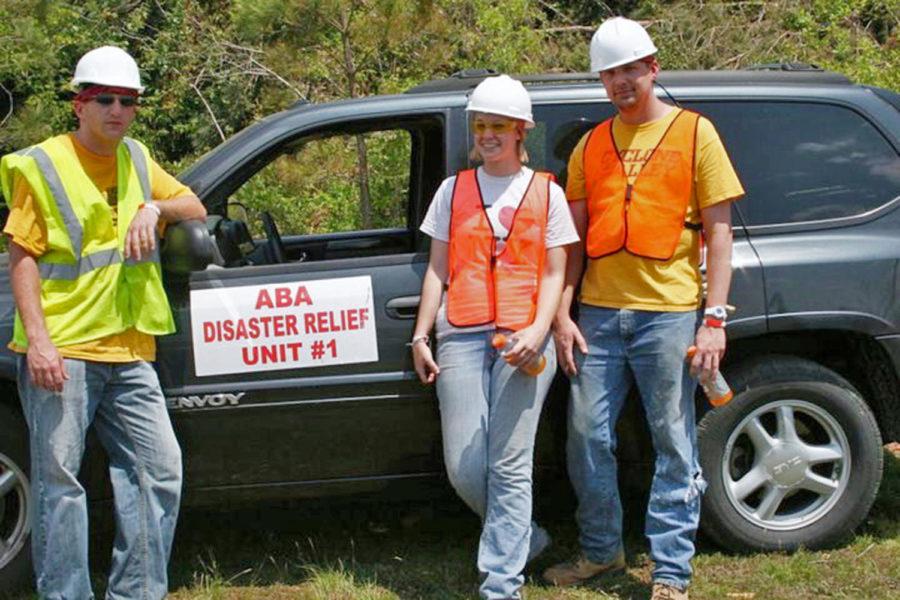Iowa State students help Alabama tornado victims
Photo courtesy of Tristan Morath
Meteorology
May 23, 2011
A series of tornadoes ripped through the South April 27, killing hundreds and causing property damage. Tuscaloosa, a medium-sized city in West Alabama, received the most media coverage. Small towns in the surrounding area did not receive the same amount of attention, but one such community found help from an unlikely source — a group of college students from Iowa.
On the first Monday after Finals Week, Tristan Morath, junior in meteorology, accompanied 10 other Iowa State meteorology majors on the 775-mile trip south to Hackleburg, Ala., a town of 1,516 that lost 29 of its residents to the tornado.
Morath and the others had some idea of what to expect, having watched the winds build up on the weather radar, then seen footage of the subsequent destruction. It was only after their arrival at Hackleburg, however, that they were able to fully realize the extent of the damage caused by the tornado.
“It looked like an atomic bomb had gone off . . . . There’s no way you can really prepare for what you’re about to see,” said Morath. “We saw the photos and videos on the Internet but they [didn’t] do it justice.”
Though they arrived days after the fact, Morath said “it looked like it had happened yesterday.”
The tornado that hit Hackleburg was more than a mile wide, with winds traveling faster than 200 miles per hour. It left “80 square miles of complete devastation” in its wake, Morath said.
The group spent their first day in Hackleburg handing out food, water, clothing and other essentials. Over the next few days, they visited areas where homes once stood and cleared debris, recovering whatever personal belongings they could find. They spent the entire last day of their trip performing these services for Lola, an 80-year-old woman who lost everything she had to the tornado.
Morath and the others were inspired by Lola’s resilience and good humor. He said that, even after all she had been through, she “couldn’t [have been] more upbeat and happy that we were there.”
“That truly made an impact on my life,” Morath said.
Though there were hundreds of fellow workers on the scene, Morath says his group was the only one he knew of from the Midwest.
“When we saw how bad it was, we just wanted to go down and help out in any way that we really could,” said Morath.
The group was partially motivated by their interest in meteorology, but more so by simple solidarity. They left with a greater appreciation for both life and nature’s destructive potential.
“Seeing how an entire town can [get ruined] in 30 seconds made me appreciate how precious life really is,” Morath said.
Anyone wishing to help can visit the Tuscaloosa website and make a donation, Morath said.







